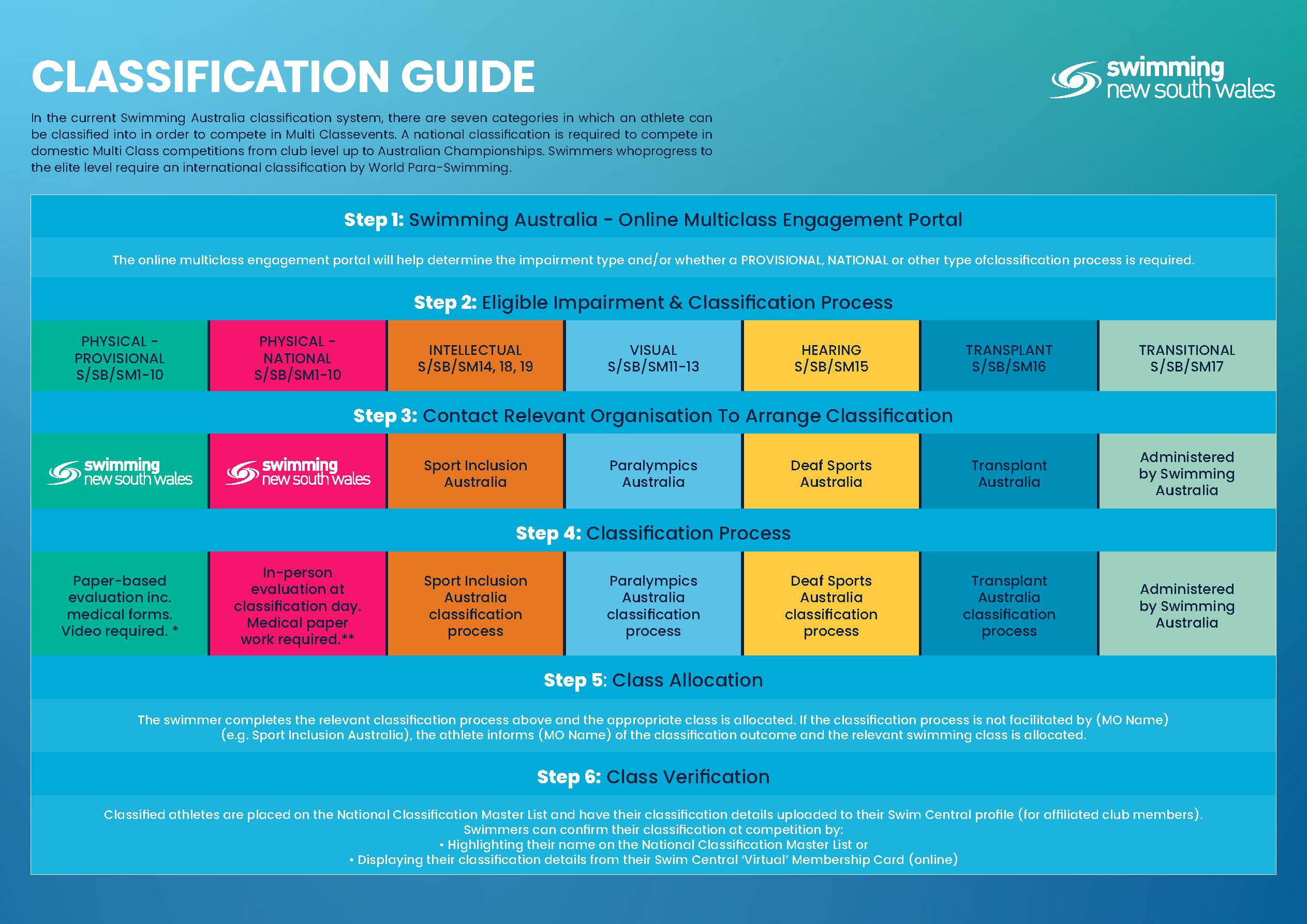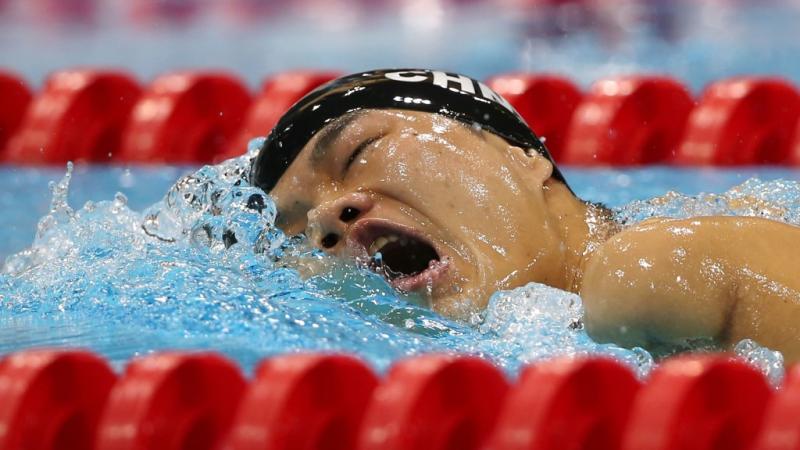Reference




Moonshot's Answer
In the International Paralympic Committee (IPC) swimming events, there are classifications for athletes with various types of disabilities. According to the search results, the eligible impairments for Para swimming include:
- Impaired muscle power: This can involve conditions that reduce an individual's ability to generate force, such as muscular dystrophy.
- Limb deficiency: This includes athletes who have had amputations or are born with missing limbs.
- Leg length difference: Athletes with a significant difference in leg length are included in this category.
- Short stature: Individuals with a total height that is very far below average for their age and sex.
- Hypertonia: This refers to conditions characterized by an abnormally increased muscle tone, such as cerebral palsy.
- Ataxia: A neurological disorder that affects coordination, which can result from conditions like Friedreich's ataxia or cerebellar atrophy.
- Visual impairment: This includes swimmers with varying degrees of vision loss, from partial sight to total blindness.
- Intellectual impairment: This category is for swimmers with an intellectual disability, which affects cognitive functions and adaptive behavior.
- Cerebral palsy: A neurological condition that affects body movement and muscle coordination.
- Other impairments: There are additional categories for other types of physical disabilities not listed above.
These classifications ensure that athletes with similar types of impairments can compete against one another on a level playing field. The image below illustrates the Paralympic classification system, which includes the various impairment types relevant to Para swimming:

For more detailed information on each impairment type and how they relate to Para swimming, you can refer to the World Para Swimming and Wikipedia pages.
Follow Up
Related
What climate classification does Maxatawny Township have according to the Köppen system?
What classification categories exist for visual impairments in IPC swimming?
How many public school classifications does NJSIAA manage for football?
What criteria are used for classification in the league tables?